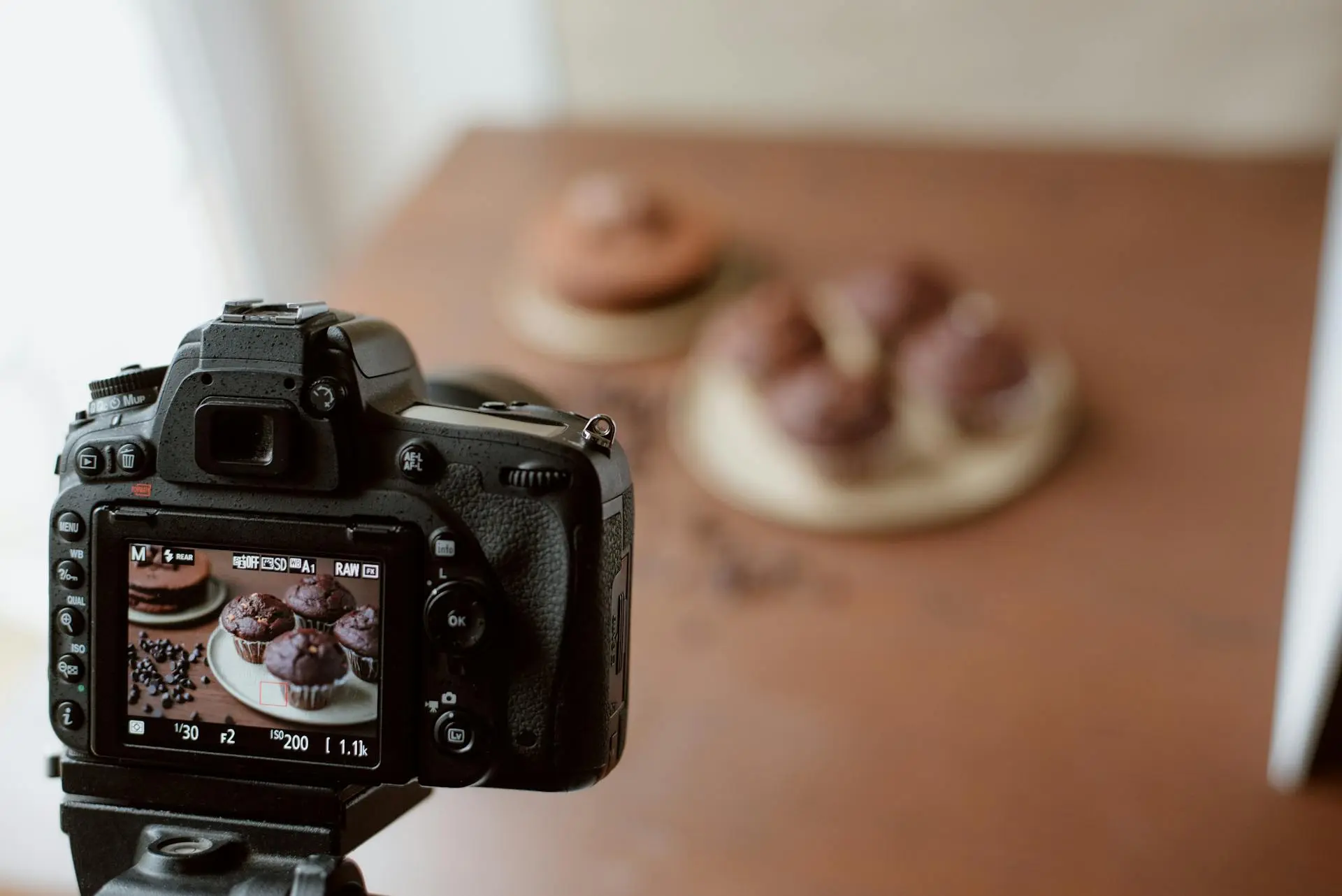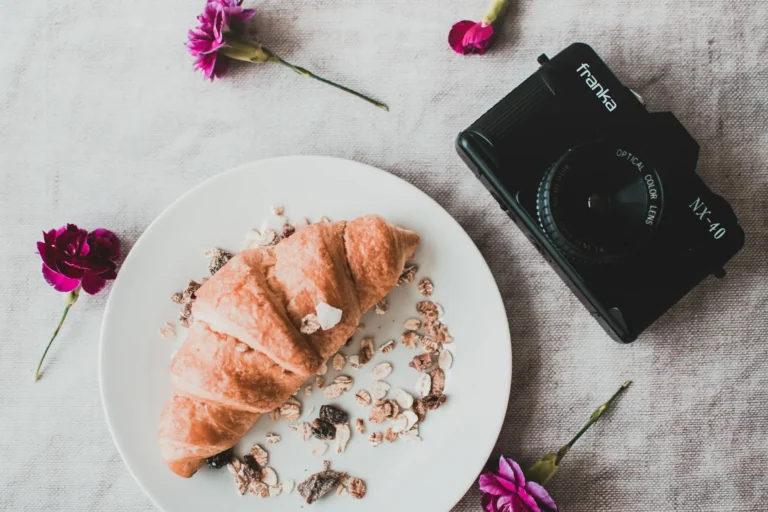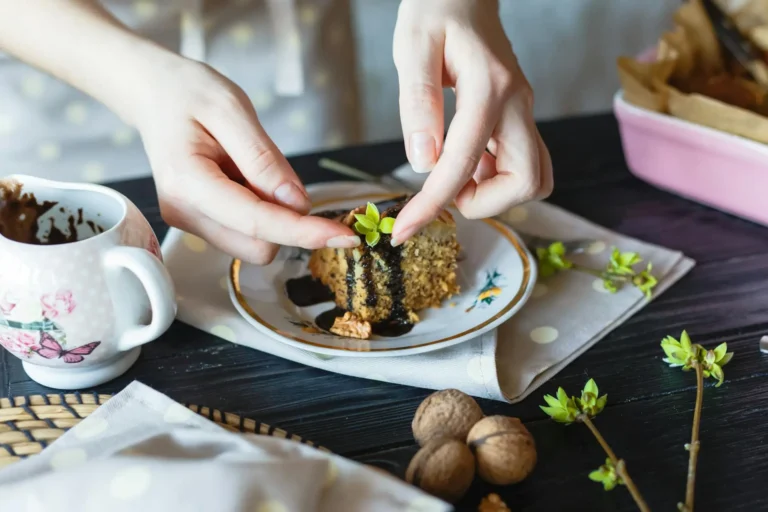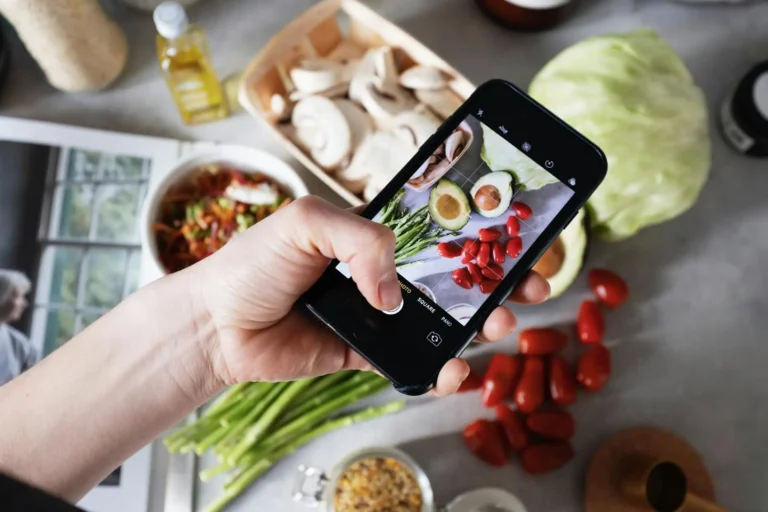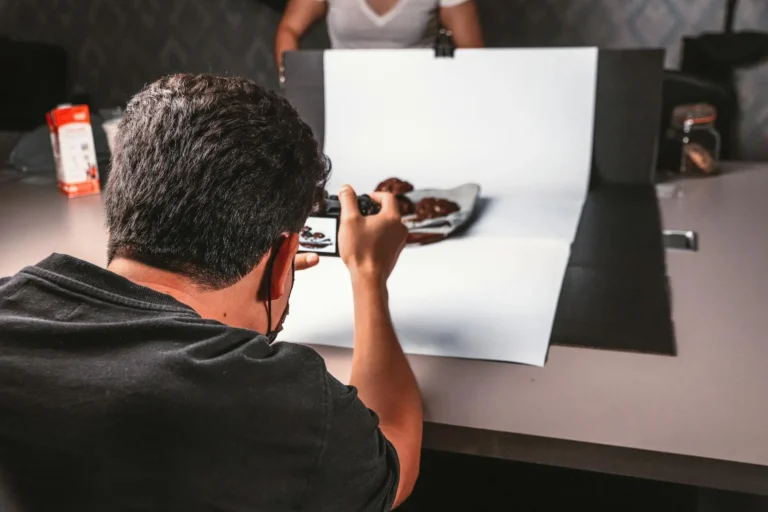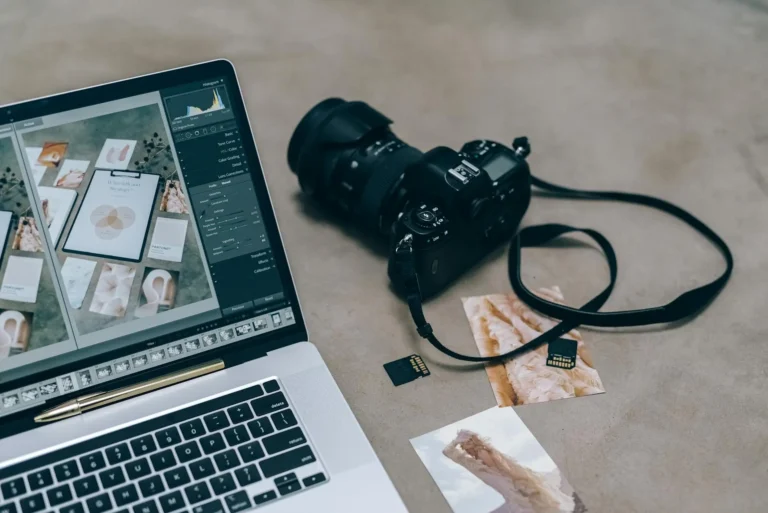Essential Tips for Food Photography Beginners
Food photography has become increasingly popular in recent years, thanks to social media platforms like Instagram and the growing demand for visually appealing culinary content. Whether you’re an aspiring food blogger, a chef looking to showcase your creations, or simply someone who enjoys capturing beautiful images of food, mastering the art of food photography can be rewarding and fulfilling. In this beginner’s guide, we’ll explore some essential tips and techniques to help you elevate your food photography skills and capture stunning images that make mouths water.
01. Understanding the Basics
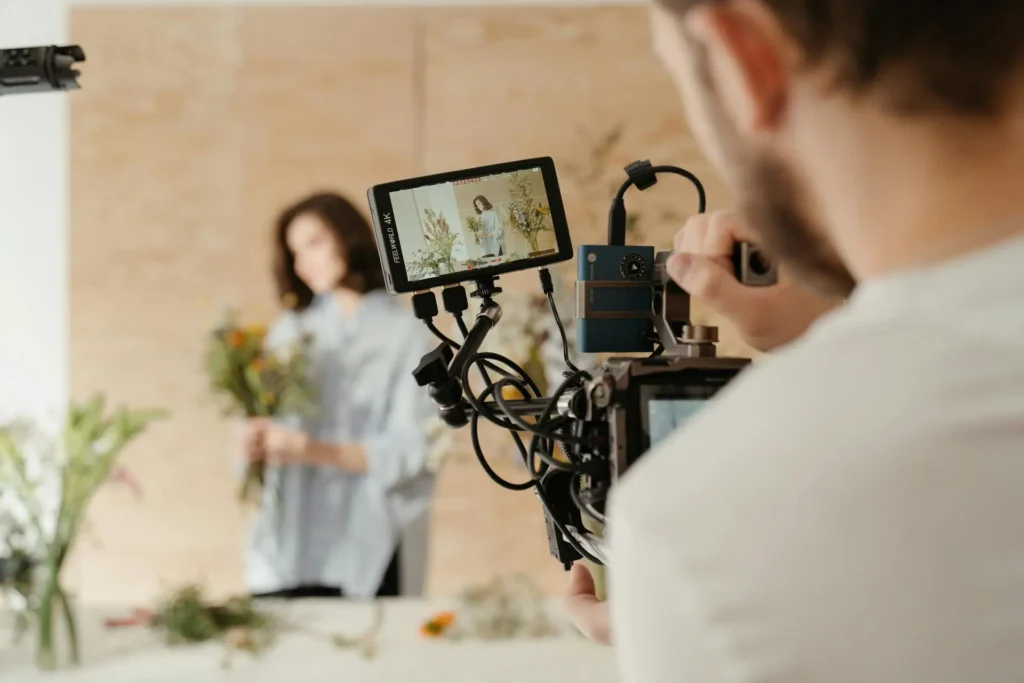
Before diving into the world of food photography, it’s essential to understand what it entails. The skill of taking photographs of food that are both aesthetically pleasing and tantalizing to viewers is known as “food photography.” It involves carefully styling and arranging food, selecting the right equipment, and mastering various photography techniques to achieve desired results.
As a beginner, it’s crucial to start with the right equipment. While professional photographers may use advanced DSLR cameras and an array of lenses, beginners can achieve impressive results with a basic digital camera or even a smartphone. Invest in a tripod to keep your camera steady and ensure sharp, blur-free images.
02. Mastering Camera Settings
Understanding and mastering camera settings is key to capturing great food photos. Experiment with aperture, ISO, and shutter speed to control the exposure and depth of field in your images. A wide aperture (low f-stop) creates a shallow depth of field, perfect for highlighting a specific element of the dish, while a narrow aperture (high f-stop) ensures everything in the frame remains sharp and in focus.
Additionally, choosing the right lens can make a significant difference in the quality of your photos. A macro lens is ideal for capturing intricate details and close-up shots of food, while a standard zoom lens provides versatility for capturing different angles and compositions.
03. Optimizing Lighting Techniques
Lighting plays a crucial role in food photography and can make or break your images. Natural light is often preferred for its soft, flattering qualities, but artificial lighting can also be used effectively with the right techniques. Experiment with diffusing and bouncing light to minimize harsh shadows and create a more natural-looking illumination.
When shooting indoors, position your subject near a window where ample natural light is available. Use diffusers or sheer curtains to soften harsh sunlight and create a more flattering light. For artificial lighting, invest in a softbox or reflector to diffuse and control the intensity of light.
04. The composition rules for Stunning Shots
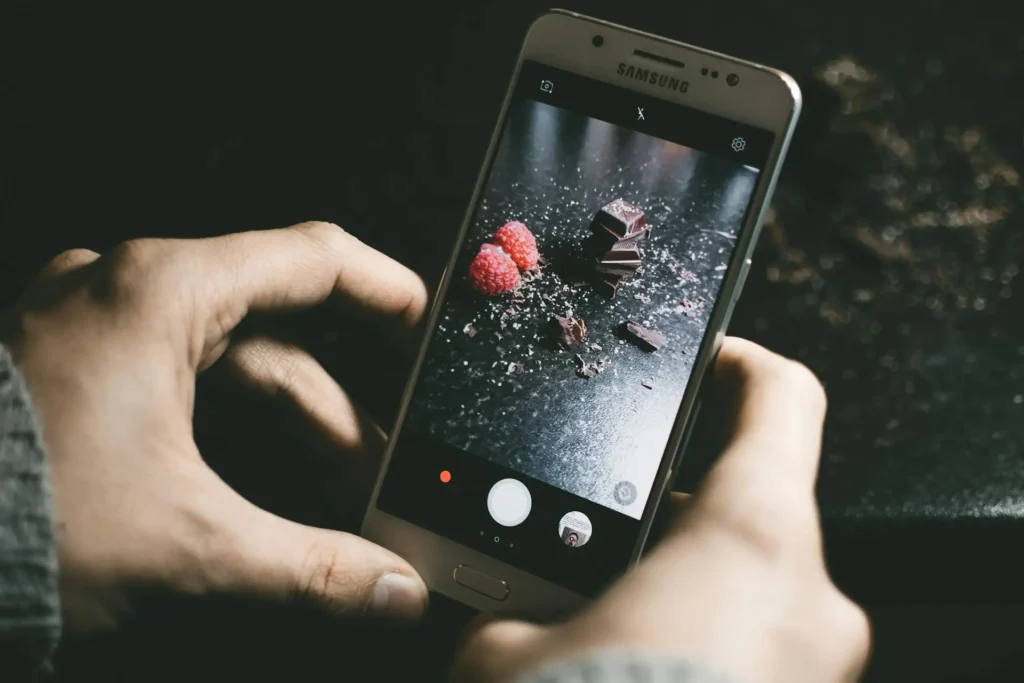
Composition is another essential aspect of food photography that can greatly impact the overall look and feel of your images. The rule of thirds is a fundamental composition technique that involves dividing the frame into a grid of nine equal parts and placing key elements along the gridlines or intersections for a more balanced composition.
Experiment with different angles, perspectives, and framing techniques to add visual interest to your photos. Consider incorporating leading lines, symmetry, and negative space to create dynamic compositions that draw the viewer’s eye to the main subject.
05. Styling Tips for Mouthwatering Results
Styling plays a crucial role in food photography, helping to enhance the appearance of dishes and evoke emotions in viewers. Select props and backgrounds that complement the colors and textures of your food, but avoid cluttering the scene with unnecessary distractions. Keep the focus on the food itself, arranging it in an appealing manner that highlights its natural beauty.
Experiment with different plating techniques, garnishes, and sauces to add visual interest and depth to your compositions. Pay attention to details like the freshness of ingredients, the cleanliness of utensils, and the overall presentation of the dish to ensure your photos look as appetizing as possible.
06. Editing and Post-Processing

While capturing great images with a camera is essential, post-processing can help enhance and refine your photos further. Invest in photo editing software like Adobe Lightroom or Photoshop to adjust colors, contrast, and exposure levels and remove any imperfections or distractions from your images.
Avoid overediting your photos, as excessive manipulation can result in unnatural-looking images. Aim for a balance between enhancing the natural beauty of the food and maintaining its authenticity. Try out several editing methods and approaches to create your distinct editing look.
07. Practical Exercises and Challenges
The best way to improve your food photography skills is through practice and experimentation. Set aside time for regular practice sessions, where you can experiment with different lighting setups, compositions, and styling techniques. Challenge yourself to capture a variety of dishes and ingredients, from simple snacks to elaborate meals.
Don’t be afraid to make mistakes or try new things – experimentation is key to growth and improvement as a photographer. Take inspiration from other food photographers, both amateur and professional, and study their techniques to learn new skills and approaches.
08. Building Your Portfolio and Online Presence
As you continue to hone your food photography skills, consider building a professional portfolio to showcase your best work. Create a dedicated website or online portfolio where you can display your images and share your journey as a food photographer. Utilize social media platforms like Instagram, Pinterest, and Facebook to reach a wider audience and connect with fellow food enthusiasts.
Networking with other photographers, chefs, and food bloggers can also help expand your opportunities and exposure within the industry. Collaborate on projects, participate in photography contests, and attend workshops or conferences to further develop your skills and establish yourself as a credible and talented food photographer.
09. Conclusion
Mastering the art of food photography takes time, patience, and dedication, but with the right tips and techniques, anyone can capture stunning images that make mouths water. Whether you’re an amateur enthusiast or an aspiring professional, use these essential tips to elevate your food photography skills and create images that leave a lasting impression.
10. FAQs
01. Do I need expensive equipment to start with food photography?
While professional equipment can certainly enhance your photography, beginners can achieve impressive results with basic cameras or smartphones.
02. How can I improve my food styling skills?
Experiment with different plating techniques, props, and garnishes, and pay attention to details like color, texture, and composition.
03. What kind of lighting arrangement works best for food photography?
Natural light is often preferred for its soft, flattering qualities, but artificial lighting can also be used effectively with the right techniques.
04. How important is post-processing in food photography?
Post-processing can help enhance and refine your photos further, but it’s essential to maintain the authenticity of the food and avoid over-editing.
05. How can I build my online presence as a food photographer?
Create a professional portfolio website, showcase your work on social media platforms, and network with other photographers and industry professionals to expand your opportunities.

